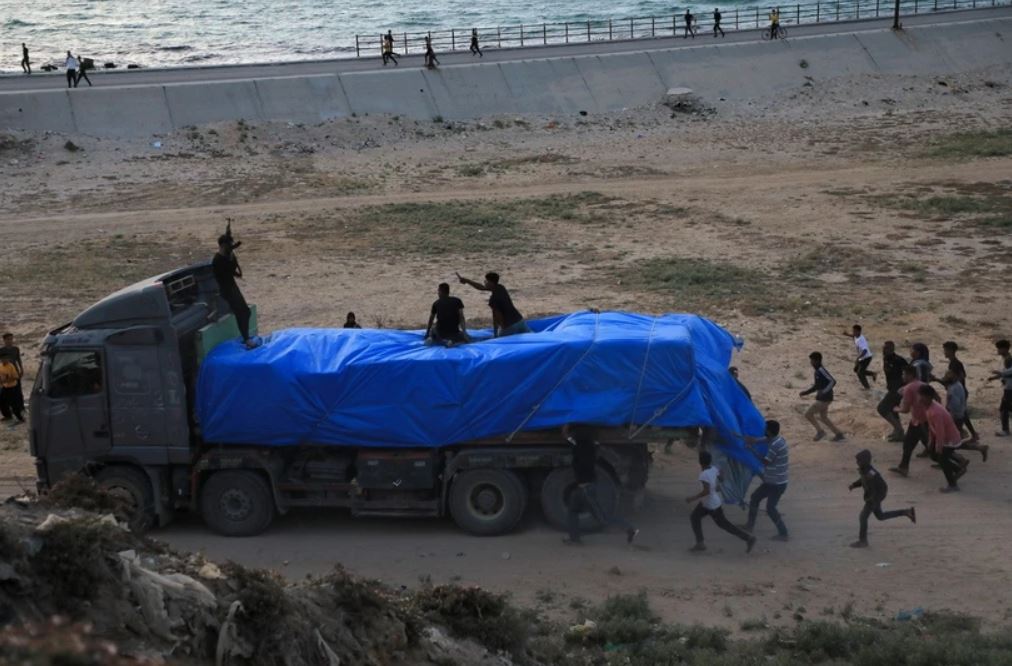Meanwhile, the US Agency for International Development (USAID) is under political scrutiny as the Trump administration considers merging the agency with the State Department in a bid to streamline the federal bureaucracy.
As the world’s largest donor of humanitarian aid, the US has allocated $13.9 billion in aid by 2024, accounting for 42% of the total aid tracked by the UN. Ukraine is the largest recipient of US aid, so it is expected to be hardest hit by the loss of aid.
What is USAID?
Established in 1961 by President John F. Kennedy under the Foreign Assistance Act, USAID is the U.S. government's primary agency for humanitarian assistance and international development.
USAID's goals are to reduce poverty, fight disease, provide humanitarian assistance, and promote economic growth in developing countries, while advancing U.S. foreign policy goals.
Operating in more than 130 countries, USAID operates more than 60 regional missions and has more than 10,000 employees, two-thirds of whom work abroad.
USAID Budget
According to an update report by the Congressional Research Service in January this year, in fiscal year 2023, USAID manages a fund of more than $40 billion, accounting for more than one-third of the total US foreign aid budget.
USAID's budget is primarily allocated to three main areas: $16.8 billion for administration, $10.5 billion for humanitarian assistance, and $7.0 billion for health.
In 2023, the administration received the majority of the budget due to significant financial support for Ukraine, while humanitarian aid surpassed health funds from 2022.

Which countries receive the most assistance from USAID?
According to a US Congressional report, about 70 of the 77 countries classified by the World Bank as low- and lower-middle-income received aid from USAID in 2023.
By region, approximately 40% of USAID 2023 funds are allocated to Europe and Eurasia ($17.2 billion), followed by Sub-Saharan Africa ($12.1 billion), the Middle East and North Africa ($3.9 billion), South Asia and Central Asia ($1.9 billion), and other regions ($8.4 billion).
Ukraine was the largest recipient of aid at $16 billion, followed by Ethiopia ($1.6 billion), Jordan ($1.2 billion), Afghanistan ($1.08 billion), Somalia ($1 billion), the Democratic Republic of Congo ($0.9 billion), Yemen, Nigeria and Syria ($0.8 billion each), and South Sudan ($0.7 billion).
Global Impact of USAID Freeze
The USAID budget freeze is severely impacting humanitarian and health programs around the world.
In Ukraine, while military aid is not affected, the freeze will impact infrastructure reconstruction, power generation, railway modernization, border improvements with the EU and agricultural support.
The PEPFAR (President's Emergency Plan for AIDS Relief) program was also affected, threatening HIV treatment in South Africa, Ethiopia and Kenya, putting hundreds of thousands of patients at risk.
In Uganda, the Ebola crisis is being exacerbated by a lack of USAID funding, which has undermined efforts to track and screen patients.
In South America, Colombia and Brazil have had to suspend many programs to support refugees and combat child exploitation.
In South Asia, Pakistan, Bangladesh and Afghanistan are also affected, with millions at risk of losing health services.
President Trump's Concerns About USAID
The Trump administration argues that USAID does not serve US interests and wastes money on controversial projects.
For example, $1.5 million was given to promote “diversity, equity and inclusion” in Serbia, $70,000 for a “DEI musical” in Ireland.
Other spending that has come under criticism includes $47,000 for a “transgender opera” in Colombia and $2 million for LGBTQ+ activities in Guatemala.
The freeze on USAID funding under President Trump is disrupting global LGBTQ+ support programs, including initiatives in Guatemala, South Africa, Serbia and India.











